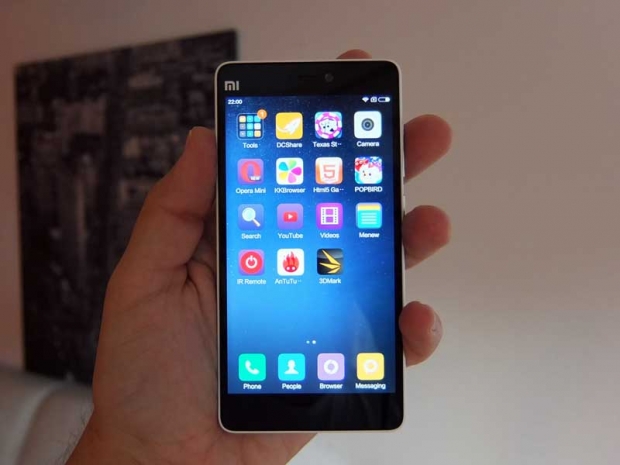Index
OS, UI and Everyday Use
MIUI 7 is based on Android 5.1, but like all MIUI incarnations, it resembles iOS rather than stock Android. For some users, this will be a selling point, while others won’t like it at all. Obviously, this is subjective, it’s a matter of personal preference, so we will proceed with some technical details.
While most Android skins tend to degrade performance, MIUI tries to be smoother than stock Android, which is easier said than done. Xiaomi rolls out weekly MIUI updates and we must commend this practice. The UI resembles iOS, but it also has quite a few tricks you won’t find in iOS or vanilla Android for that matter.
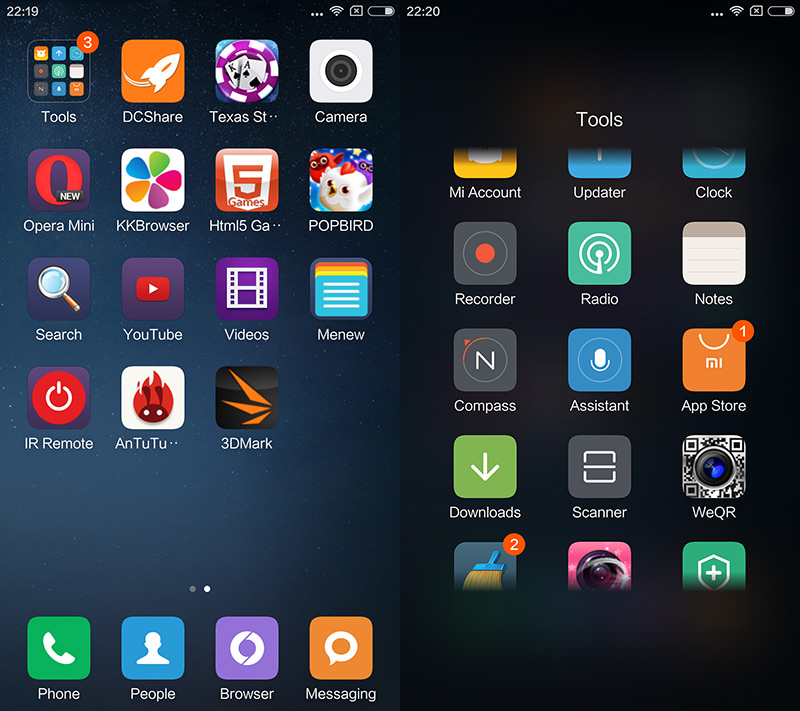
We like the powerful customisation features and the availability of numerous MIUI themes and wallpapers. MIUI also has a lot of power-user tools, ranging from battery management profiles and data usage tools, to comprehensive settings. The latter might be a bit too much for people unfamiliar with MIUI and Android in general, but geeks will love them.
On the design front, MIUI feels grown up, but people coming from a stock Android device, a Samsung or LG, may find it too different. Oh, and Xiaomi no longer uses skeuomorphic design elements in MIUI, although it stuck with them for a while after Apple ditched them.
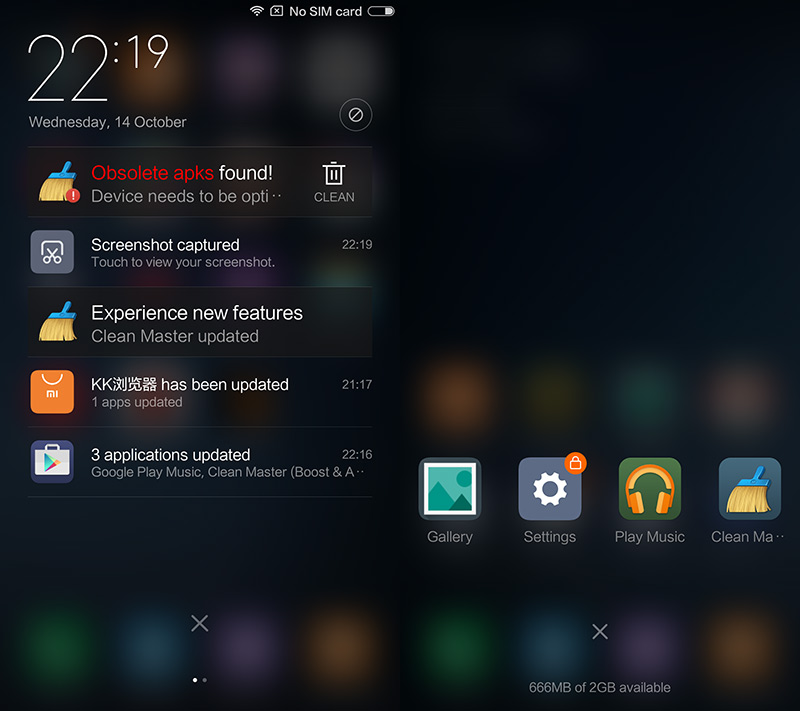
The biggest problem with highly customised Android solutions like MIUI, Cyanogen, FlyMe and others is that there’s very little in the way of consistency. Coming from a Nexus phone to MIUI, or ditching a Galaxy to buy a Cyanogen device usually involves a lot of adjustment. Still, MIUI is very easy to fall in love with.
More importantly, MIUI is easy to live with, and so is the Mi4c. It’s a very compact device with next to no ergonomic foibles. It’s no taller than a 4.7-inch iPhone, it’s light and relatively thin (considering the size of the battery).
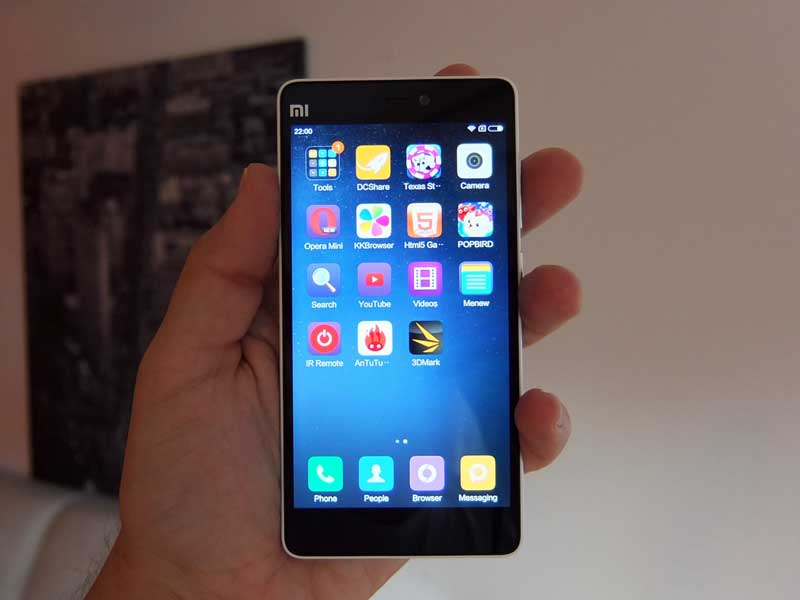
There is a lot to like here. The matte polycarbonate offers a decent amount of grip and stands up to grease and dirt quite well. Both the capacitive and hardware buttons work flawlessly, and Xiaomi has integrated a number of new gestures in the Mi4c.
For example, in the camera app, you can tap the phone from the side to snap a photo, which is good news for selfie lovers. You can activate the same feature in other apps, double tapping to navigate back. It might sound weird (and gimmicky), but these new gestures can be quite useful in some situations. Xiaomi also introduced double-tap-to-wake on the Mi4c, probably due to popular demand.
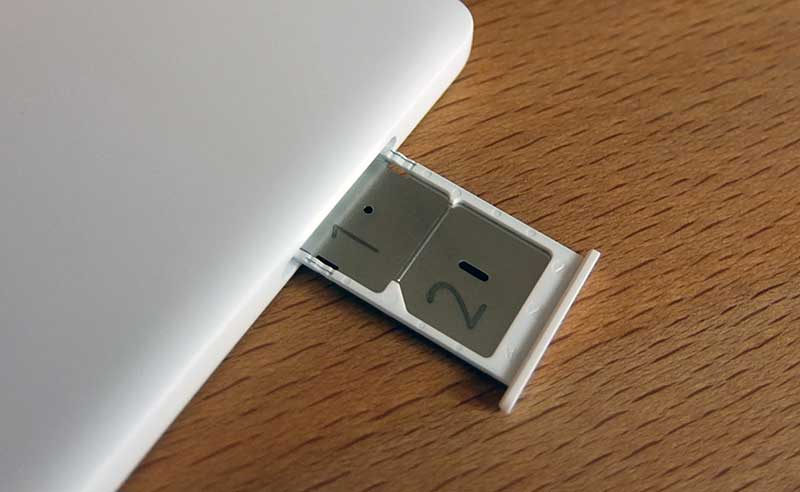
Like most Chinese phones, the Mi4c comes with dual SIM support (micro SIM to be exact). Xiaomi spiced things up with an IR blaster, so if you get a new Mi4c or Redmi Note 2, you can use them as a universal remote.
The Mi4c has no trouble getting a lock and maintaining it, although the signal tends to be weak. Here is what we got indoors, next to a window.

What about battery life? Surely the Mi4c has to be a great performer, with a 5-inch display, 20nm processor and 3080mAh battery? Well, it is, but we were expecting even more. At the end of the day, the 20nm Snapdragon 808 is still a high-end processor, so it can gobble up a lot of power. We also suspect that the phone could be more optimised. For example, MIUI takes up more than 1GB of RAM as soon as you boot up.
Although we expected a bit more, the Mi4c delivered about more than 5 hours of screen on time. Even with moderate to heavy use, we got a full day of battery life. If you don’t do a lot of gaming and if you don’t use mobile data too much, you could easily get two full days. We managed to get almost three days on WiFi only, with moderate use and one-quarter auto brightness.
The Mi4c supports quick charging, so you can get about 25% of the capacity back in about 30 minutes. Oh, and it’s got a USB Type-C connector. Sounds good, right? Well, it’s a double-edged sword. Yes, it’s easier to plug in, but what if you need a quick charge while you’re out of your home or office? You can recharge a micro USB phone just about anywhere, and it will be a while before everyone gets a Type-C charger.
With a Type-C device, you really need a few USB Type-C adapters; one for the car, one for the office, and so on. Yes, USB Type-C is a good idea, but it would have been a great idea five or seven years ago, before the industry produced a few billion devices that rely on micro USB for charging.
Still, USB Type-C is the way of the future and we might as well start transitioning today.

